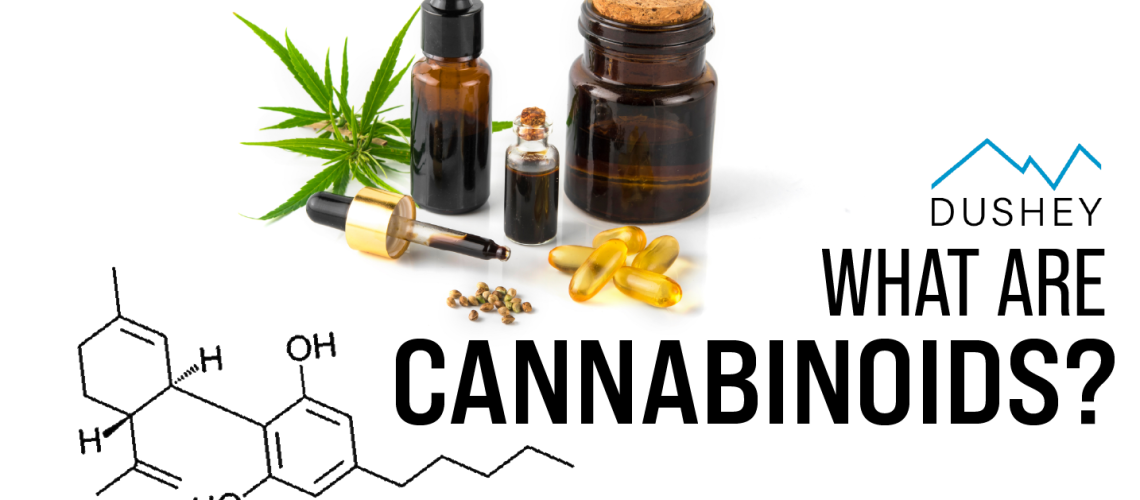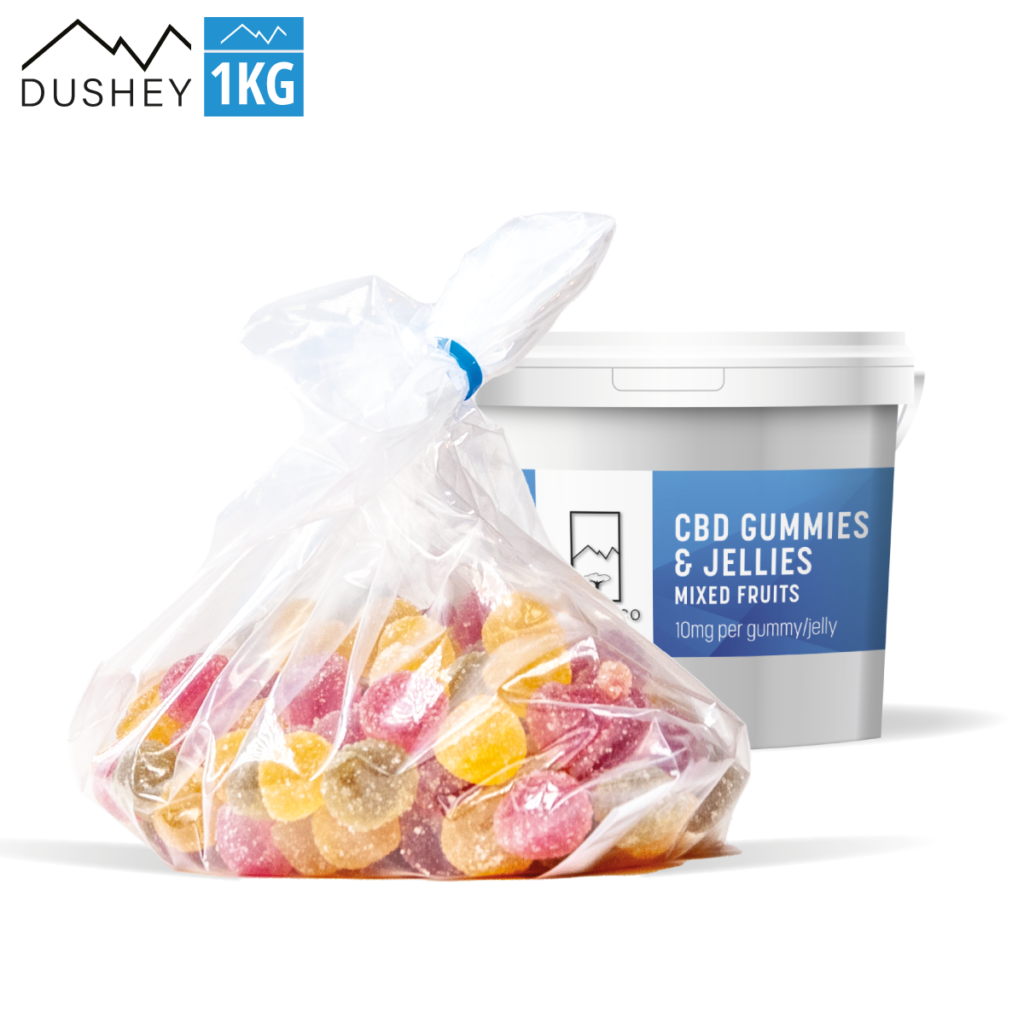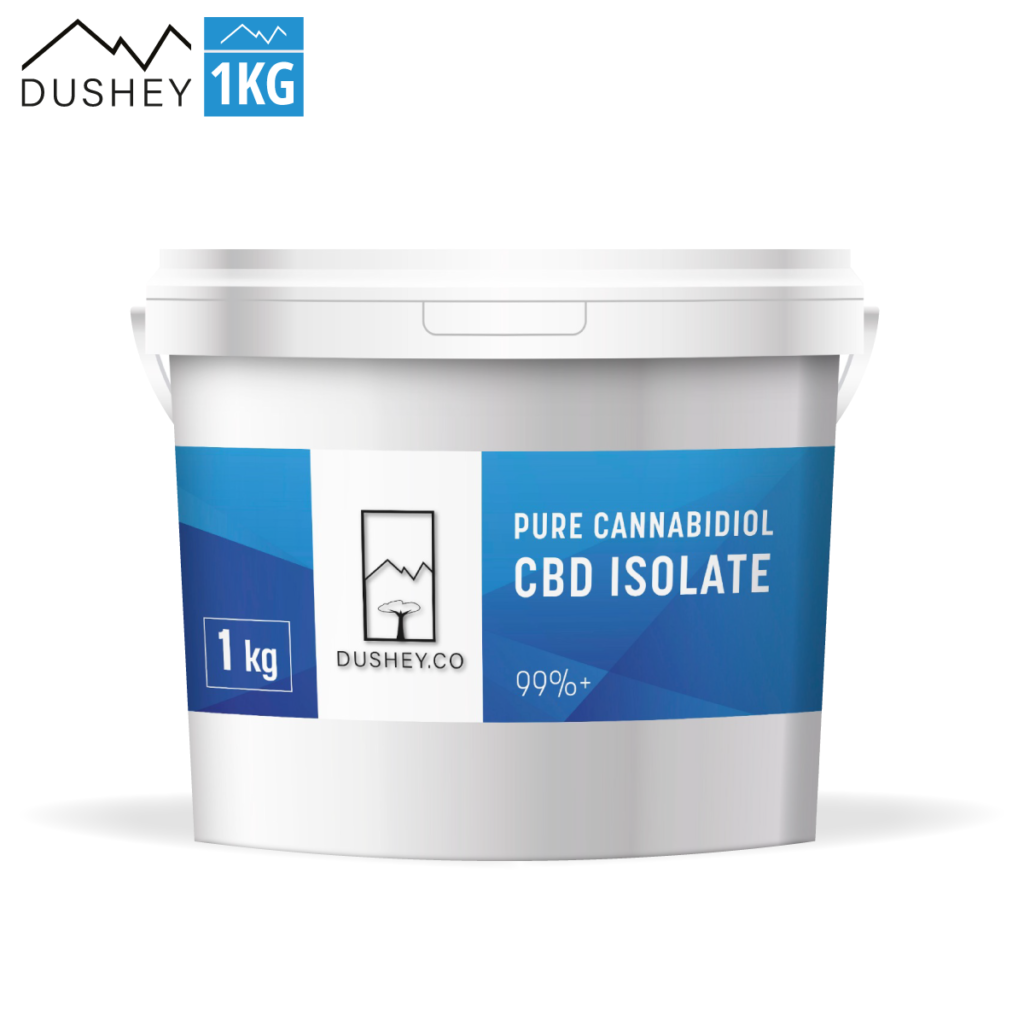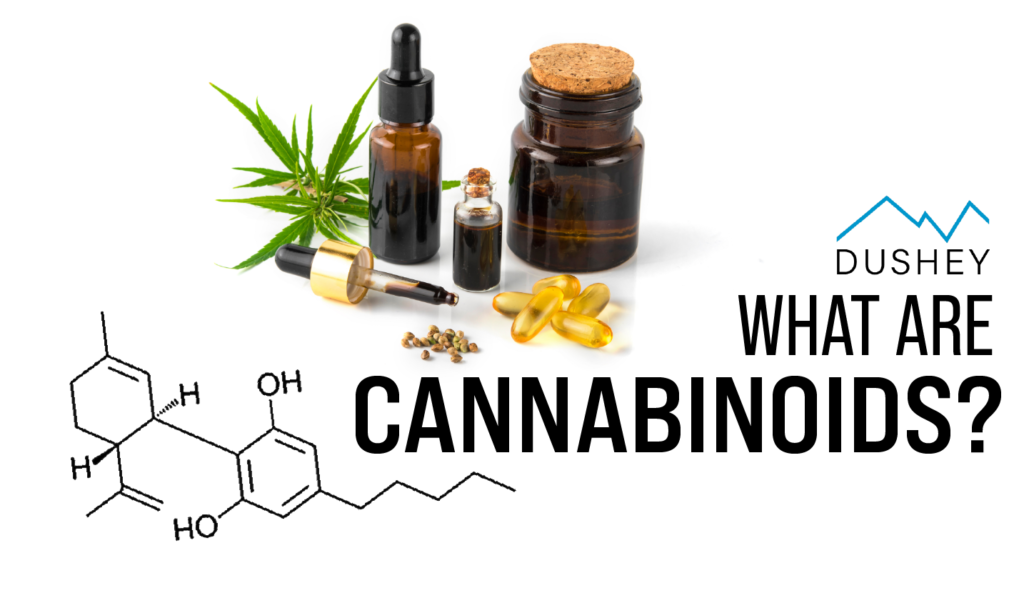
What are Cannabinoids? Exploring CBD, THC & Minor Cannabinoids
Most people are familiar with THC and CBD, but there are over 100 other cannabinoids downs in the Cannabis plant. What are they and what do they do?
Lots of people are already aware of cannabis and associated cannabinoids like THC and CBD. But what are cannabinoids and what do they do?
In this article, we’ll give a brief summary of what cannabinoids are, the different types and the difference between cannabinoids produced inside the human body as well as those found outside the body in nature.
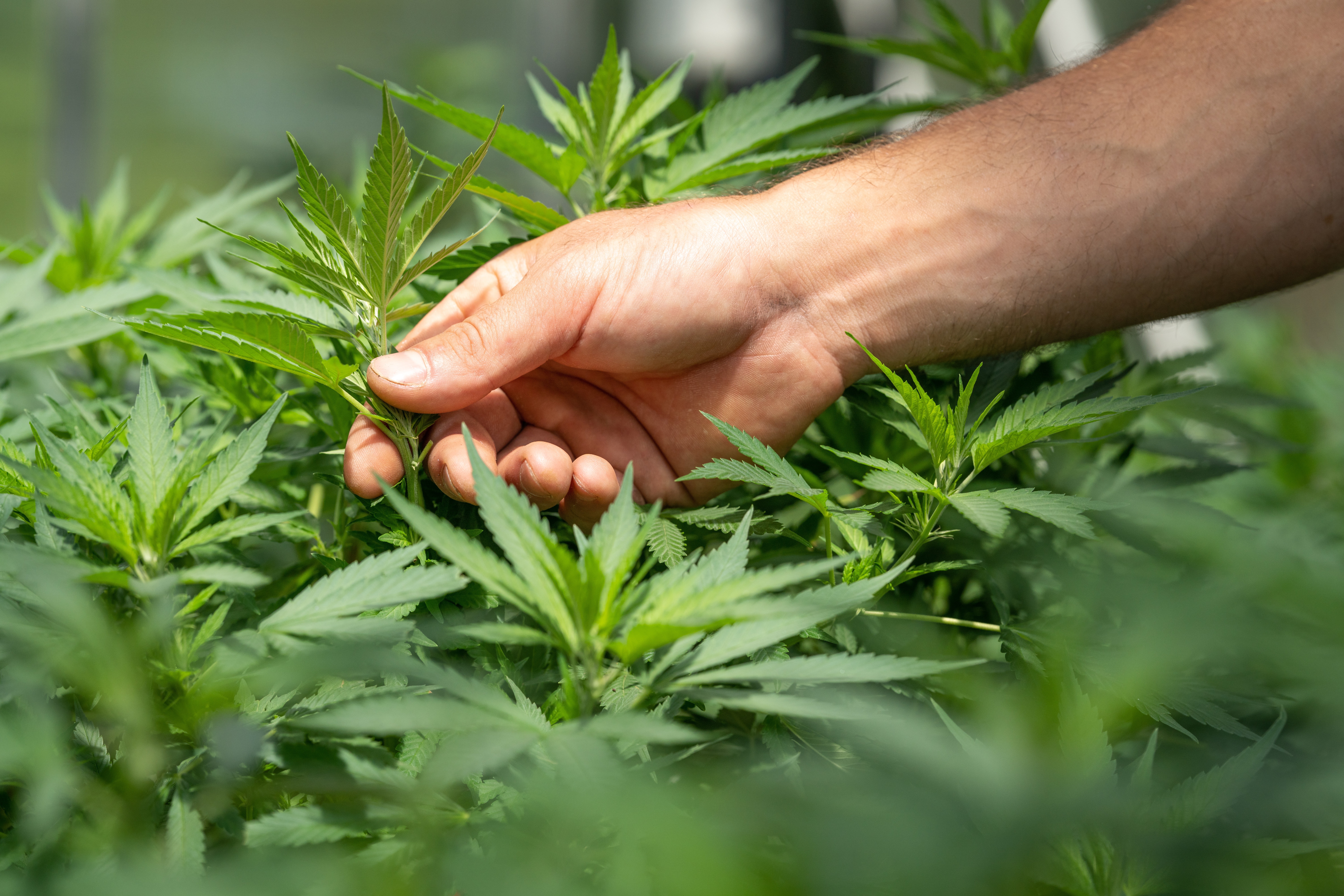
Endocannabinoids Vs Exogenous Cannabinoids
The Endocannabinoid System (ECS)
A relatively recent discovery, much is still unknown about the ECS. However, all mammals, including humans, have an endocannabinoid system (ECS) and produce their own cannabinoids known as endocannabinoids. The ECS is heavily involved in maintaining homeostasis inside the body.
Confirmed as recently as the early 1990’s, the endocannabinoid system has been found to be involved in a growing number of physiological functions, including the central and peripheral nervous system as well as peripheral organs.
Studies have linked the ECS to a wide range of activities, including the immune system, mood, appetite, reproductive systems and sleep. We will discuss the ECS in further detail in a separate article.
What are endogenous cannabinoids?
Endogenous cannabinoids are produced on demand inside the body itself and interact with the ECS. There are two primary endogenous cannabinoids produced naturally inside the human body, which are anandamide, or AEA, and 2-arachidonoylglyerol, or 2-AG.
These endocannabinoids bind with two main receptors types located across the body, known as CB1 and CB2 receptors. Like the ECS, they play a role in homeostasis and can effect mood, the immune response, appetite, sleep and more.
What are exogenous cannabinoids?
Exogenous cannabinoids are not produced inside the body, but are found in external sources – most notably the Cannabis plant.
Like endocannabinoids, they can also interact with the human body’s endocannabinoid system and can bind to both CB1 and CB2 receptors found across the body.
The most famous exogenous cannabinoids are THC, or tetrahydrocannabinol, and CBD, or cannabidiol. Both of these compounds start out life in the Cannabis plant as CBGa, or Cannabigerolic acid, often known as the mother of all cannabinoids.
CBGa is then broken down by enzymes inside the Cannabis plant into THCa (tetrahydrocannabinolic acid), CBDa (cannabidiolic acid) and CBCa (cannabichromene acid).
When exposed to heat or UV light, these acidic forms are then broken down into the more familiar forms of THC, CBD and CBC.
There are over one hundred cannabinoids discovered so far in the Cannabis plant, which work together synergistically to produce what is known as the ‘entourage effect’.
The Major Exogenous Cannabinoids: THC & CBD.
The two most prevalent cannabinoids found in the hemp plant are THC, or Tetrahydracannabinol, and CBD, or cannabidiol.
Possibly the most famous (or infamous) compound found in Cannabis, THC is a psychologically active compound and is the main cannabinoid responsible for getting people “high”.
In the UK and in many countries across the planet, THC is illegal to possess, purchase and sell and is considered a Schedule 1 controlled substance (Class B in the UK).
The Minor Exogenous Cannabinoids
As we mentioned earlier, there are over 120 minor cannabinoids found in the cannabis plant. This includes acidic forms of the familiar cannabinoids, like CBDa, THCa and CBGa, as well as others like CBG, CBN, CBC, CBDV, THCV and many more.
Much more research and studies need to be carried out on the role of these cannabinoids and how they interact inside the plant, with each other and with ECS receptors in the human body.
The Entourage Effect
All of the cannabinoids and other active substances found inside the Cannabis plant interact with one another synergistically, which is known as the entourage effect.
It is said that cannabis products containing the full range of cannabinoids, terpenes, flavonoids and other compounds are more effective and have a higher efficacy when interacting with the body than products that contain only isolated cannabinoids, including CBD.

